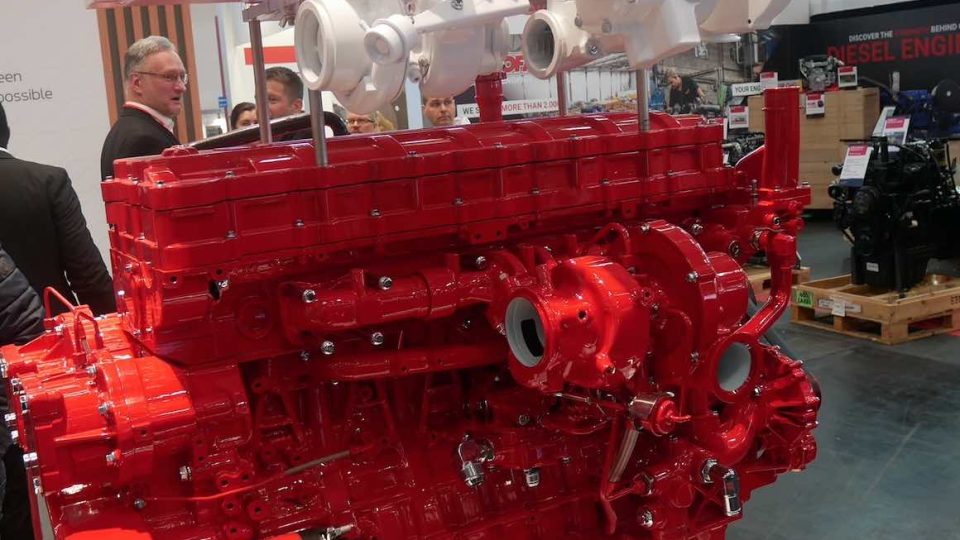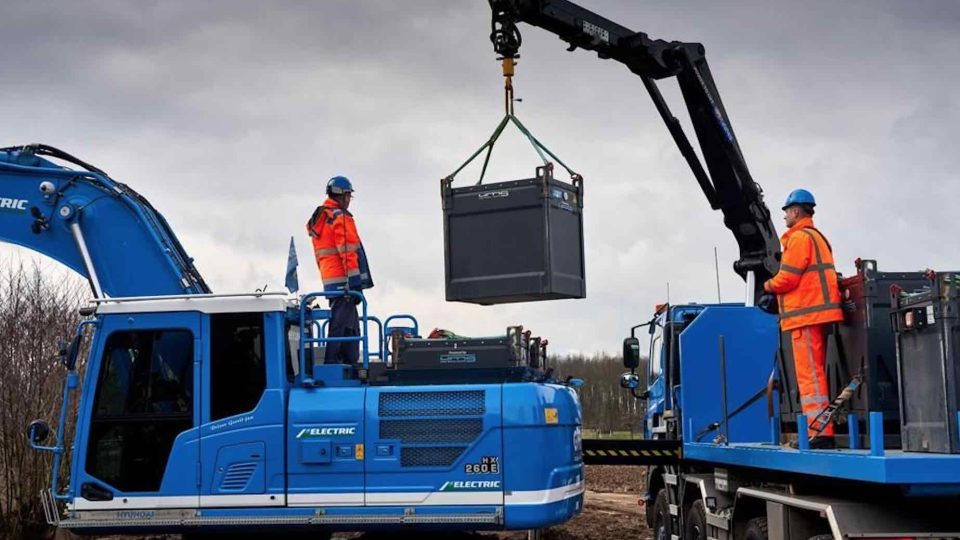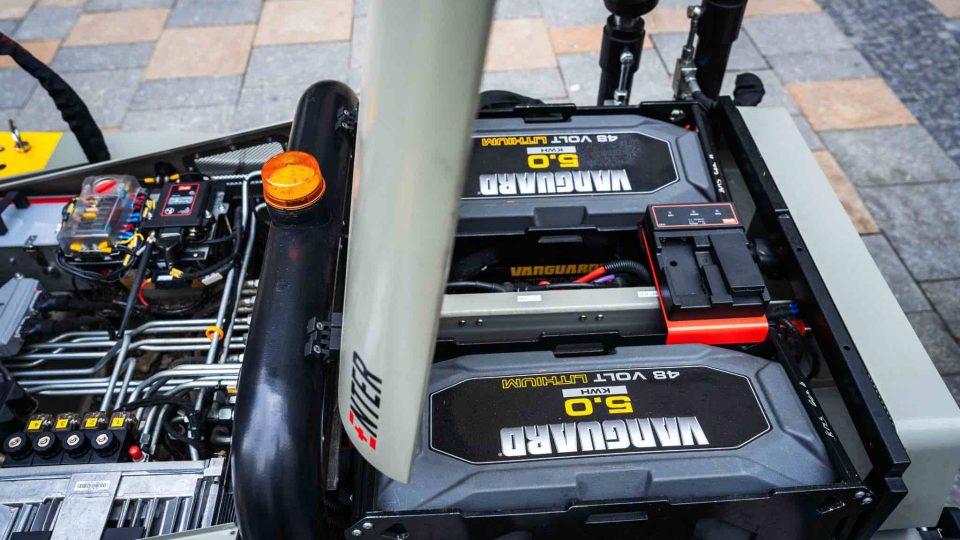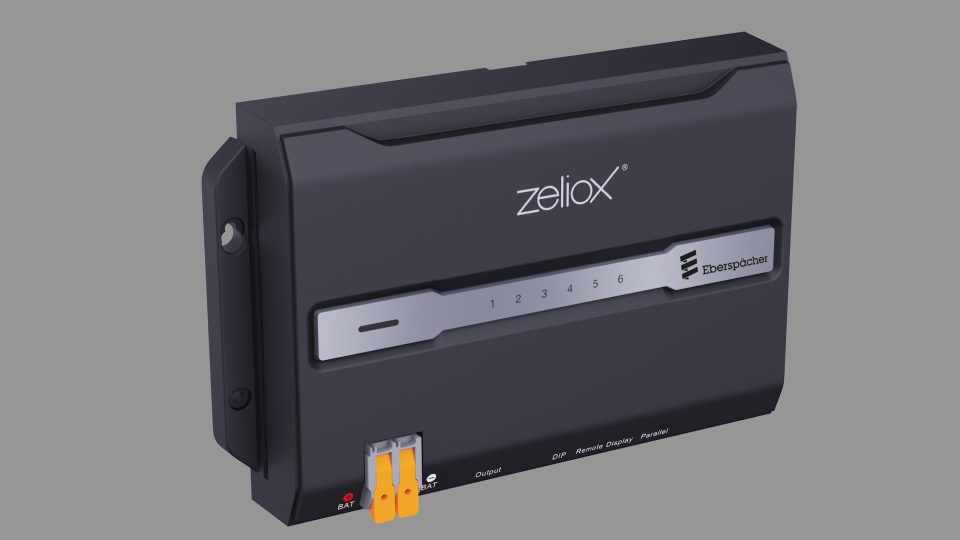Volvo G13. When G means the both Gas and Diesel
Volvo G13. We dedicated the cover of DIESEL January-February to it. It was the time for liquefied natural gas engines, literally the boom. We were from FPT Industrial Tech Day and the presentation of the Cursor 13 LNG, and from Scania’s ready replica at Ecomondo – Key Energy Rimini (Italy). Volvo reacted with a solution […]
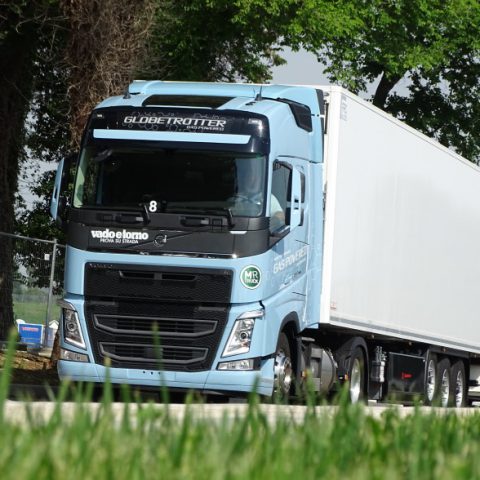
Volvo G13. We dedicated the cover of DIESEL January-February to it. It was the time for liquefied natural gas engines, literally the boom. We were from FPT Industrial Tech Day and the presentation of the Cursor 13 LNG, and from Scania’s ready replica at Ecomondo – Key Energy Rimini (Italy). Volvo reacted with a solution that was as fascinating as it was to be discovered: a diesel cycle fuelled by LNG after diesel compression ignition.
DO YOU REMEBER HDGAS? THE EUROPEAN GAS PROJECT?
Our relatives of Vado and Torno magazine have tested the Volvo FH 460 LNG, powered by the Volvo G13, the ‘eccentric’ Swedish hexacylinder.
Volvo G13 under FH 460 LNG bonnet
Volvo G13 and FH 460 LNG. A perfect couple, with a robust torque, comparable with a 11 liters diesel engine. A helpful support during the most stressful laps. In the 400 kilometres of the test, the harmony with the I-Shift 12-speed robotic transmission made itself felt, also helping to reduce fuel consumption.
Volvo Trucks has two different 460 and 420 horsepower (338 and 309 kilowatts) at 1,900 rpm, with 2,295 and 2,100 Newton metres, available from 1,000 to 1,400 rpm. The Gothenburg designers developed an injection system with two different fuel pipes, one for methane and one for diesel. Once the gas to be mixed with the air has entered the combustion chamber, when the torque rise allows to increase pressure and temperature, a precise micro-injection of diesel fuel favours compression detonation.
The engine catches fuel from the 495 litre cryogenic tank (205 kilos), located on the left side, made by the Austrian Sag (protagonist of the HDGas project), inside which is drowned a pumping module designed to send liquid methane to the vaporizer. In the next phase the gas is transferred to the metering unit, which in turn is interfaced with the diesel pump, which sends the required quantity of fuel. There is then an excess gas return circuit that returns to the tank (from below, to facilitate the return to the liquid phase). The Volvo system then foresees the presence of two other tanks, one for diesel (170 litres) and the other for Adblue (64 litres), both placed in the wheelbase on the right side. With the largest cryogenic (others 155 and 115 kilos), Volvo indicates a range of about 800 kilometers.
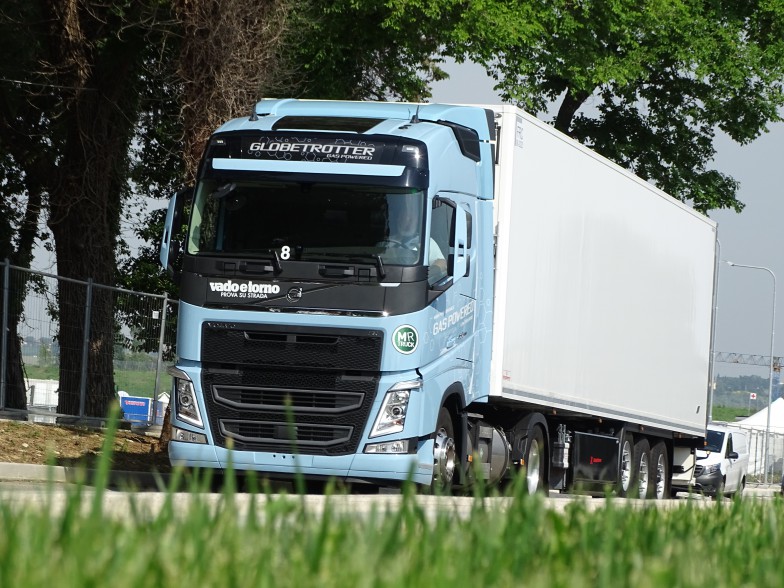
Following some excerpts of the driving impression reported in the July-August 2018 issue of the magazine Vado and Torno.
The truck voice
We have the opportunity, the first after the first testing in Sweden, to essay the heavy Swedish methanized, from Misano World Circuit Marco Simoncelli to the headquarters of Volvo Trucks Italy, close to Milan. Four hundred kilometers going up from the Romagna Riviera to Bergamo, to deepen the knowledge of the FH truck fed to LNG in the most powerful declination, that of 460 HP.
Volvo G13, Volvo FH and the driver comfort
The first curiosity is to verify the comfort, performance and above all the efficiency of a heavy methanized road, contrary to the choice made, for example, by Iveco. All this without sacrificing the advantages of the diesel cycle, which is 25-30% more efficient than an Otto cycle engine (with spark plugs). A benefit that in practical terms translates into lower consumption.
The safety equipment is in line with Volvo’s best tradition: from the EBS to the ESP stability control, from the Hwss emergency brake to the Lss lane control. Finally, the three-stage Veb Plus engine brake (with lever on the steering wheel) and the Compact hydraulic retarder.




